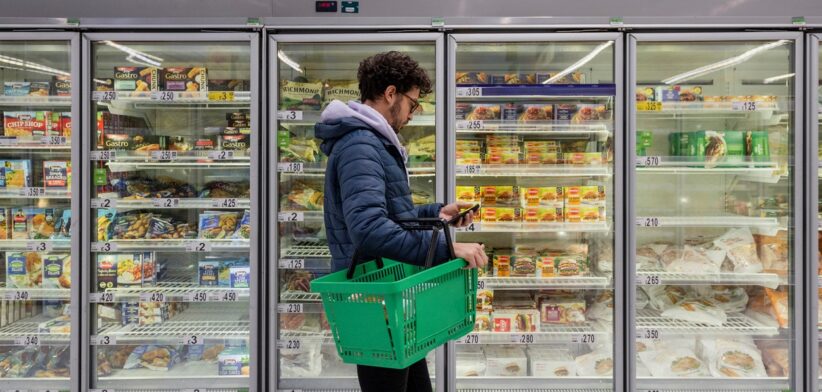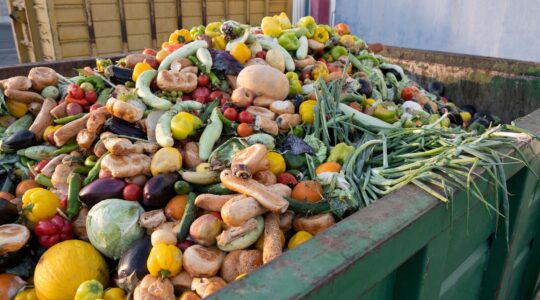The spending gap between age groups is widening with young people in their late twenties the most frugal and those over 60 increasing their spending.
CommBank iQ Head of Innovation and Analytics Wade Tubman said their latest Cost of Living Insights report found those aged 25-29 had reduced spending by 3.5 percent compared to last year, the only age group to cut back on both essential and discretionary expenses.
“When considering inflation, their consumption has shrunk more than 7 percent compared to May 2023,” Mr Tubman said.
“While most Australians have reallocated their budgets to cover the increased costs of essential items, like insurance, medical and supermarkets spending, consumers aged 25-29 decreased spending on both essentials (-3.1 percent) and discretionary (-3.8 per cent) items.”
He said while most people have had to increase spending on essentials, it was the opposite trend for those in their twenties.
“These cuts include a 10 percent drop in health insurance, a 7 percent drop in utilities and a 4 percent decrease in spending at the supermarket.
“This highlights the difficult choices people in this age bracket are making, with some having to make larger lifestyle changes like foregoing their health insurance altogether.”
He said the decrease in utilities spending could suggest young Aussies were moving back in with parents or into shared accommodation to split costs.
Nationally, spending increased by 2.5 percent, with essentials increasing by 3.6 percent, led by an increased spend on insurance (+8 percent), utilities (+6 percent), pharmacies (+6 percent) and supermarkets (+5 percent).
Mr Tubman said discretionary spending increased by just 1.4 per cent, led by continued growth in spending by those Australians over 60.
“The wide gap in spending patterns across age groups continues to persist, with Australians in the 60 and older age bracket spending above inflation, especially on activities like travel, which is up 11 percent, general retail up 9 percent and eating out, up 7 percent,” Mr Tubman said.
On a state-by-state basis, spending was most resilient in Queensland (+3.3 percent) closely followed by the Australian Capital Territory at 3.1 percent and South Australia at 2.9 percent.
“In the Sunshine State, discretionary spend per capita on things like travel was higher than the nationwide average. While further south, Victorians have tended to reduce their spending more significantly than others when it came to homewares and apparel and didn’t increase spend as much on travel, leisure and eating out,” Mr Tubman said.








